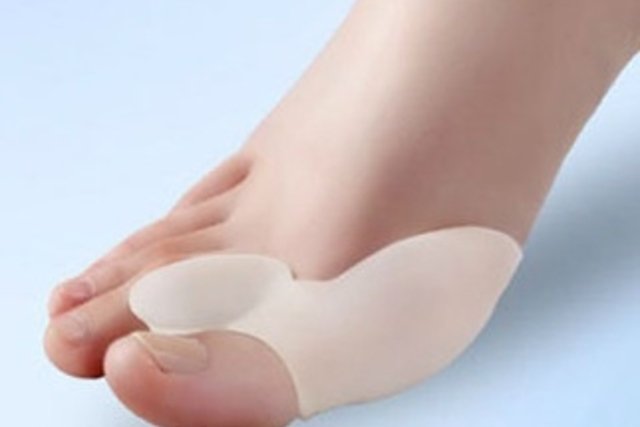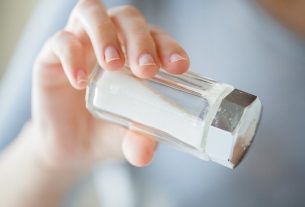Bunion care involves measures to prevent it from getting worse and avoid inflammation, as it occurs due to the toes moving towards the inside of the foot, misaligning the bones and joints in the region. Therefore, it is important to follow some tips such as:
- Use orthopedic insolesor splints, recommended by the orthopedist, to reduce contact between the bunion and the bunion, reducing the weight on the region;
- Avoid wearing tight, high-heeled or pointed-toe shoesas they deform the foot and put tension on the bunion, and comfortable shoes that accommodate the feet well should be preferred;
- Attach a toe separatorbetween the big toe and the second toe, preferably at night, as they reposition the fingers in the correct way during sleep and reduce pain and inflammation;
- Wearing slippers indoorsinstead of closed shoes, reducing friction on the region;
- Give a foot massage at the end of the day, with almond oil or a foot bath with warm water, to reduce pain.
The person with a bunion should also consult an orthopedist to begin the most appropriate treatment, and, in addition, physiotherapy may be recommended twice a week, which is very useful for stretching and reducing pain.

Exercises for bunion
Foot exercises are done under the guidance of a physiotherapist, as a way to improve the flexibility and muscle strength of the feet, which can help realign the joints and reduce the pain caused by bunions.
It is recommended that you try to walk barefoot, as a way of activating the foot sensors and relaxing your muscles. Additionally, some exercises that can be practiced include:
Exercise 1
Lay a towel on the floor, and make movements to bring it towards you with just the movements of your toes, and repeat several times.
Exercise 2
Do the opposite movement of the previous exercise, trying to move the towel away with just your finger movements, repeating several times;
Exercise 3
Sit down, stretch one of your legs, lifting your foot, and make rotating movements with your big toe, clockwise and counterclockwise, repeating the movement 15 times on each side. Then repeat with the opposite foot;
Exercise 4
Use an elastic band to attach one toe to the other, and make movements of opening and closing the fingers, or adduction and abduction, working on strength and flexibility. Repeat the movements about 20 times a day
Check out these and other bunion exercises in the following video:
How to care for an inflamed bunion
The best way to treat an inflamed bunion is to rest and apply ice packs for 5 to 10 minutes, about 3 times a day, as a way to reduce swelling, redness and pain.
In cases of severe pain, it is necessary to consult an orthopedist, as it may be necessary to use medication, such as anti-inflammatories, in ointment or pill form. Furthermore, if there is no improvement or if there are repeated episodes of inflammation, the doctor may recommend surgery to correct the bunion. Find out when bunion surgery is necessary and how it is performed.

Sign up for our newsletter and stay up to date with exclusive news
that can transform your routine!
Warning: Undefined array key "title" in /home/storelat/public_html/wp-content/plugins/link-whisper-premium/templates/frontend/related-posts.php on line 12
Warning: Undefined array key "title_tag" in /home/storelat/public_html/wp-content/plugins/link-whisper-premium/templates/frontend/related-posts.php on line 13




